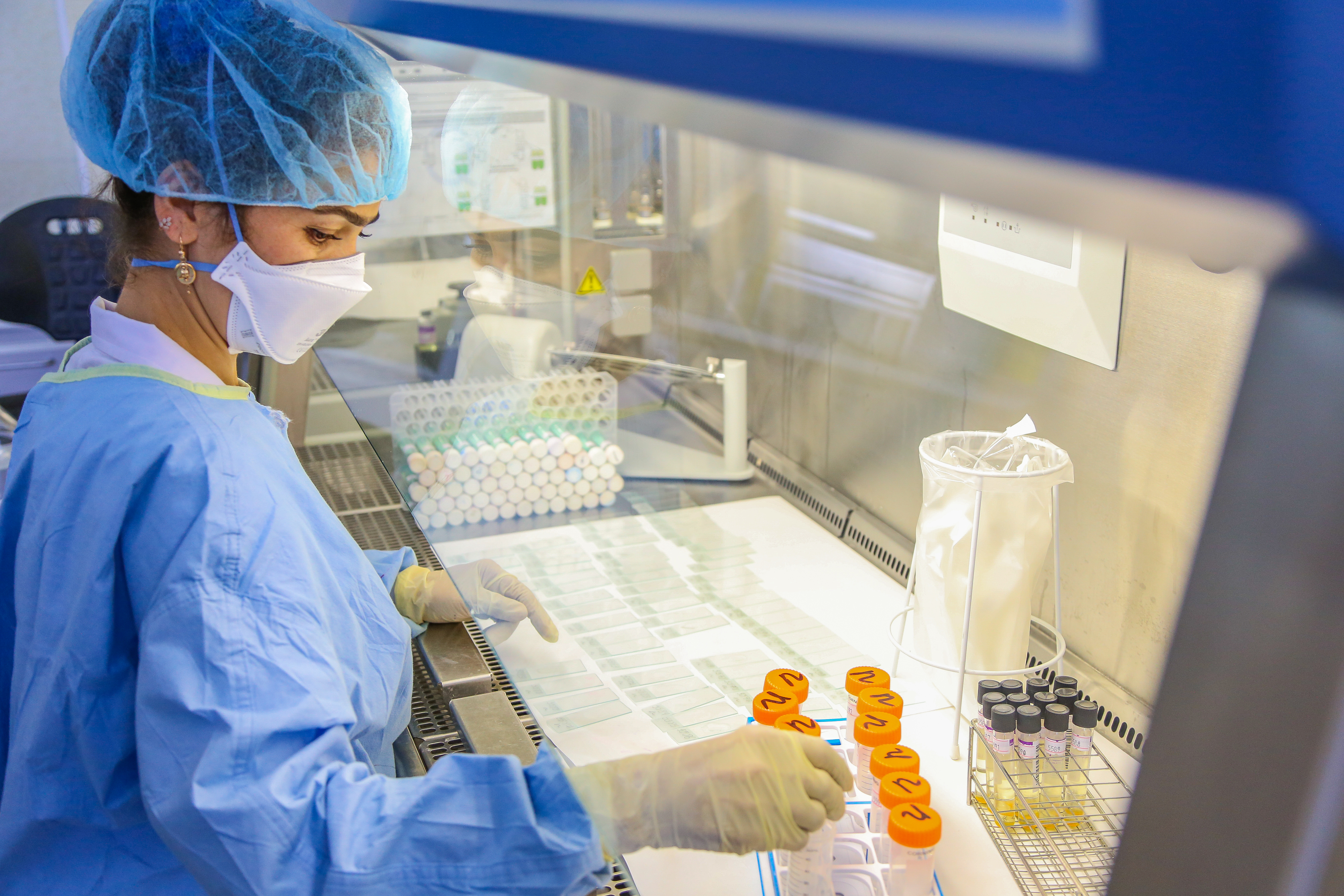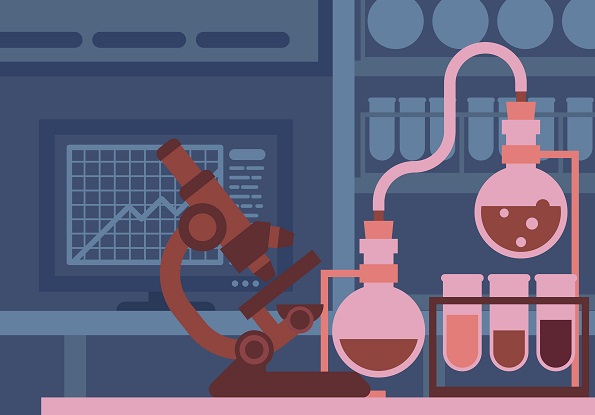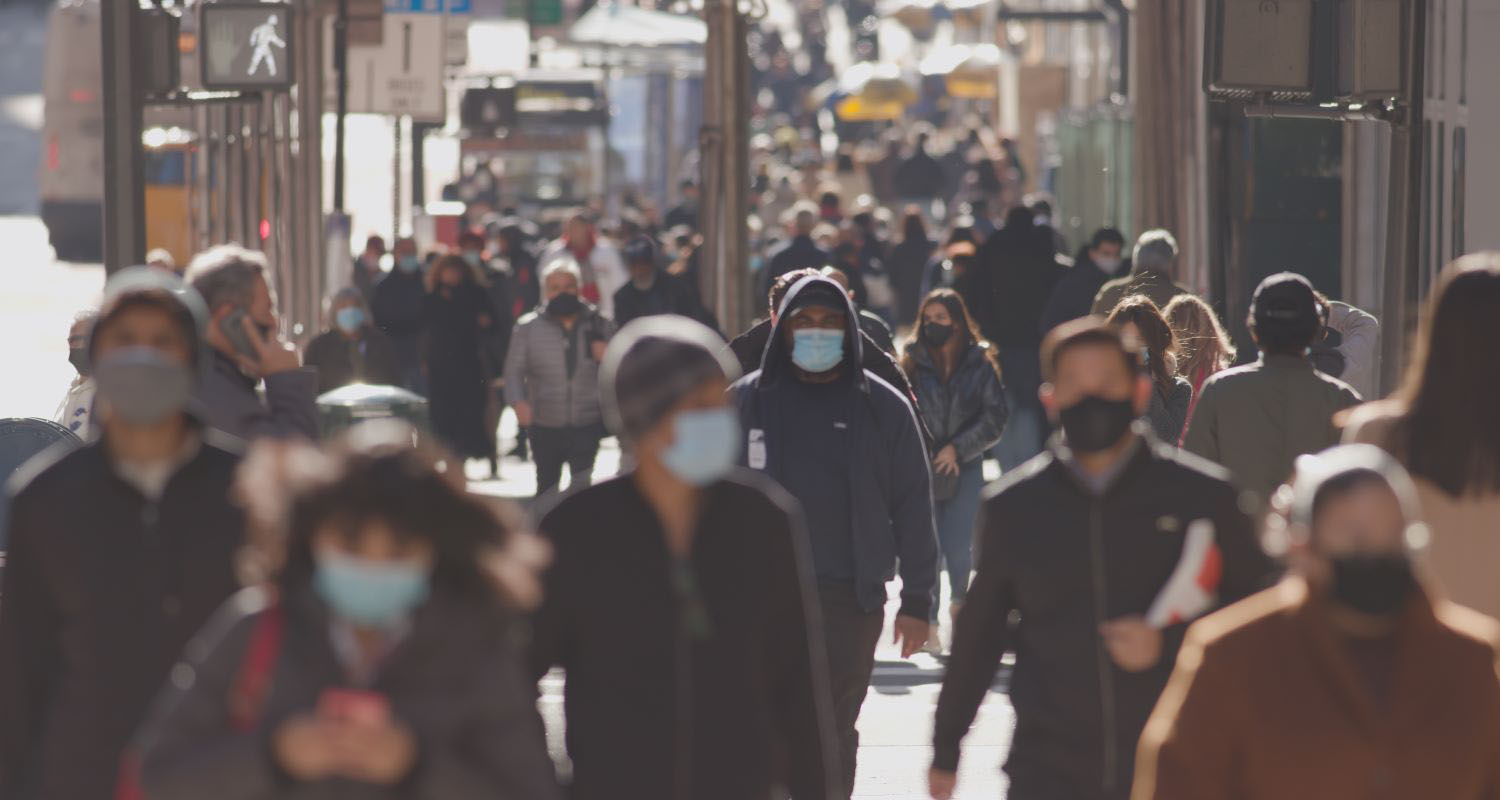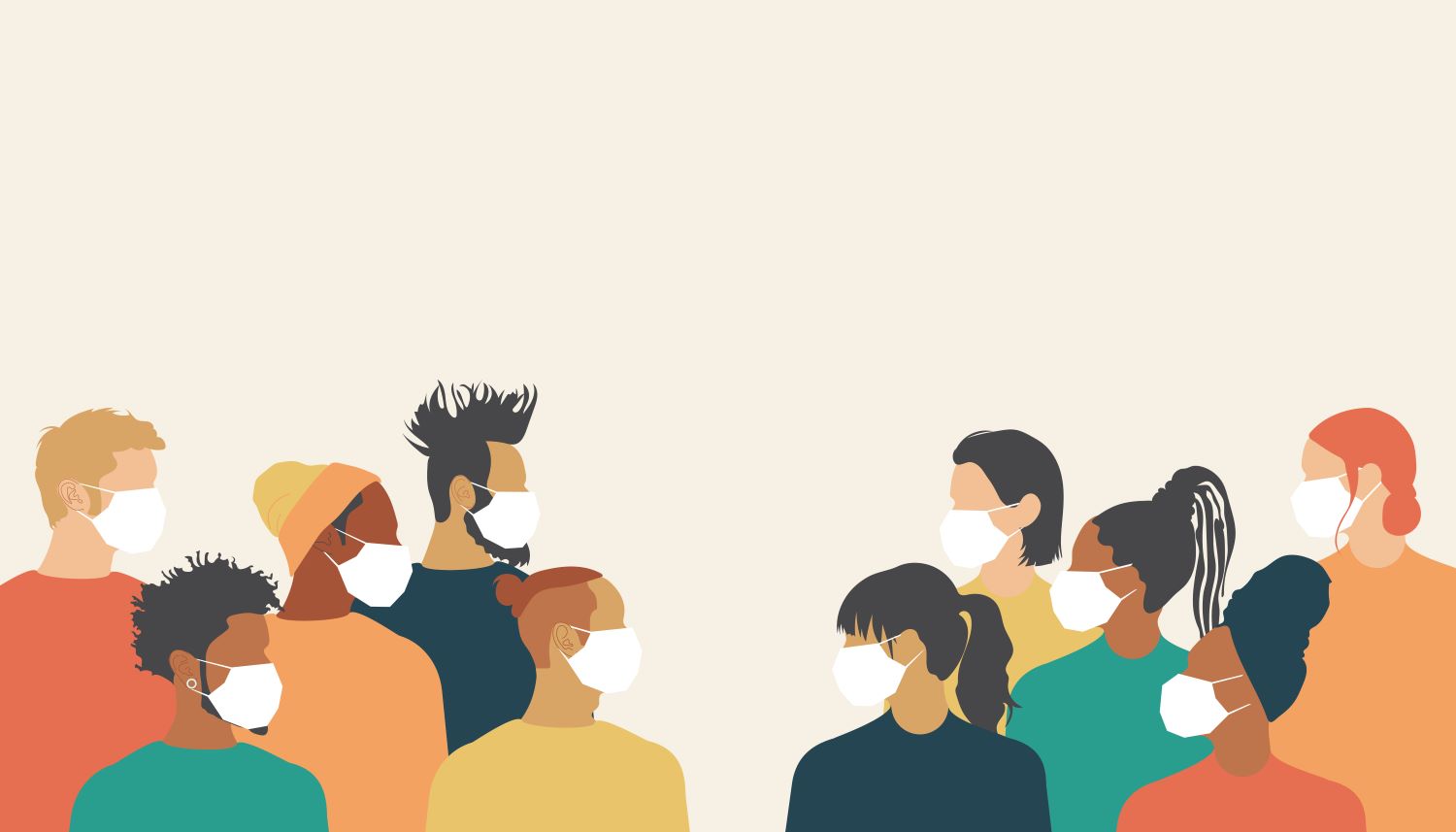Recommended
Last week, many Americans enjoyed their first “normal” Thanksgiving since the start of the COVID-19 pandemic with family and friends. Americans’ ability to travel and gather again is attributable, in large part, to seemingly miraculous vaccines and therapeutics, which have dramatically reduced the risk of serious illness and death. Yet these countermeasures did not fall from the sky; they resulted from deliberate, strategic investments by the US government and others that helped drive research and development (R&D) at unprecedented “Warp Speed.” And even as we sat around the table, far more protected from the COVID-19 virus than before (though still not entirely immune), Americans (and all others around the world), are still vulnerable to a number of health threats, including influenza, tuberculosis, other zoonotic coronaviruses, and drug-resistant infections, just to name a few.
In a new paper, I argue that the US government should draw from the COVID-19 experience by adopting a bigger and bolder approach to biomedical innovation to address the persistent health threats facing Americans and the entire world. The paper shows that US government investments in ambitious R&D would pay-off big—and the risks of inaction might be catastrophic.
Operation Warp Speed changed the world
As COVID-19 paralyzed social, educational, and economic life across most of the world, the Trump Administration launched Operation Warp Speed (OWS), a flagship R&D accelerator to speed up countermeasure development and roll-out. Support to vaccine and therapeutic R&D under OWS was multi-faceted, including advanced purchase agreements for vaccine candidates, but also direct support to at-risk manufacturing expansion; clinical trials; and other R&D inputs. The OWS advance purchase agreements specifically can be considered a “pull” approach to R&D, e.g., an approach that works by increasing the expected size or predictability contingent on successful product development. This is contrasted to “push” funding approaches that directly finance or subsidize input costs for R&D, e.g., traditional grants that pay scientists directly for their time, materials, and so forth.
The vaccines and therapeutics that emerged from OWS, alongside other direct investments and advance purchase agreements from other public and philanthropic funders, have changed the world—allowing us to emerge from COVID-19 global paralysis into mostly “normal” life. Despite vocal disagreements about many aspects of the COVID-19 response, one learning is indisputable: the very large, focused expansion of public expenditure for R&D on COVID-19—both push and pull—drove dramatic and rapid advancements in biomedical science, with transformative results for the entire world.
The US government should draw on OWS to address other pressing health threats
Building on the success of the OWS approach, the paper argues that the US should deepen its engagement and ambition in global health R&D to drive transformative improvements in global health outcomes and security. It illustrates the potential value of such engagement with three indicative case studies where US government investment, at least partially in the form of a pull mechanism inspired by the OWS experience, could help incentivize and drive high-value innovation, potentially generating very high returns on investment. Each case study addresses an important health area for which R&D is otherwise chronically underfunded, at least in part due to well-understood market failures; all focus on infectious disease threats; and two of the three offer clear and direct benefits for Americans’ health security. Specifically, it considers a subscription model for new antimicrobials; an advance market commitment (AMC) for rapid tuberculosis diagnostics; and a moonshot prize plus manufacturing support to develop and scale next-generation whole genome sequencing for global genomic surveillance.
Go big or go home
All three case studies are relatively high cost, at least compared to “typical” global health investments in R&D—with the cheapest case study clocking in at around $1 billion total. Yet even if all three proposals were implemented, the total cost would comprise just a tiny portion of US government expenditure on overall health R&D.
One potential lesson is obvious: to capture big opportunities and solve big problems, big(ger) investments are probably needed. Marginal allocations to R&D cannot reasonably be expected to drive transformative innovation. Global health advocates should be prepared to make big asks of funders, especially the US government (given its uniquely large fiscal capability), while demonstrating the potential for even larger returns on the far end. Funders, likewise, should consider concentrated portfolios to attack “big problems” versus more diffuse, peppered grantmaking to many lower-cost, lower-potential endeavors.
Big bets may be needed to break pull mechanisms into the mainstream
Critics of pull mechanisms often point to the high transaction costs required to effectively design a pull mechanism, generate and secure binding financial commitments, and develop a credible governance and evaluation structure for pay-out upon successful product development. While substantial in any case, these costs are more easily justified when amortized across large (potential) health benefits versus in a relatively small pilot or trial. But funders, at least so far, seem more willing to support small pilots of experimental “pull” approaches; they understandably shy away from making multi-billion-dollar commitments for an “untested” approach. While quite reasonable in principle, this can lead funders to concentrate their investments where they are least likely to succeed or generate large returns. Small-scale pilots of pull mechanisms may indeed appear ineffective or prohibitively complicated in part as a result of their small scale.
The argument made in this paper is that there is enough promise in pull approaches that the US government, plus other funders, should be more forthcoming in using and experimenting with them—and in dramatically scaling their scope and magnitude. The jury is still out on whether and when “pull” is the best approach to fund R&D – but there’s sufficient evidence to justify bigger and bolder experimentation.
A rallying cry for the US government
The case studies presented in this paper should serve as a rallying cry to the US government—and to philanthropies and governments more broadly—for ambitious investment in biomedical innovation to address today’s causes of disease and tomorrow’s emerging health threats. There are still enormous untapped opportunities on the table—and real, major threats that compromise Americans’ health and welfare if not proactively addressed, alongside the rest of the world. Bipartisan support is needed to elevate strategic R&D investment and sustain America’s status as the world’s engine of innovation for a better, safer world.
Disclaimer
CGD blog posts reflect the views of the authors, drawing on prior research and experience in their areas of expertise. CGD is a nonpartisan, independent organization and does not take institutional positions.








